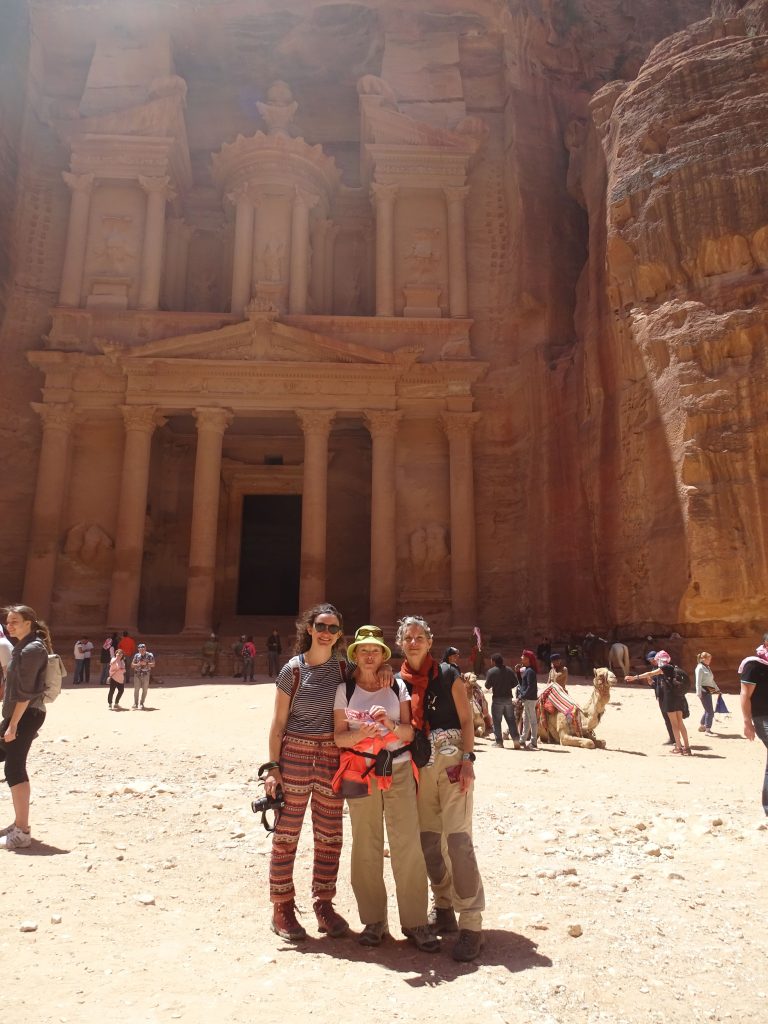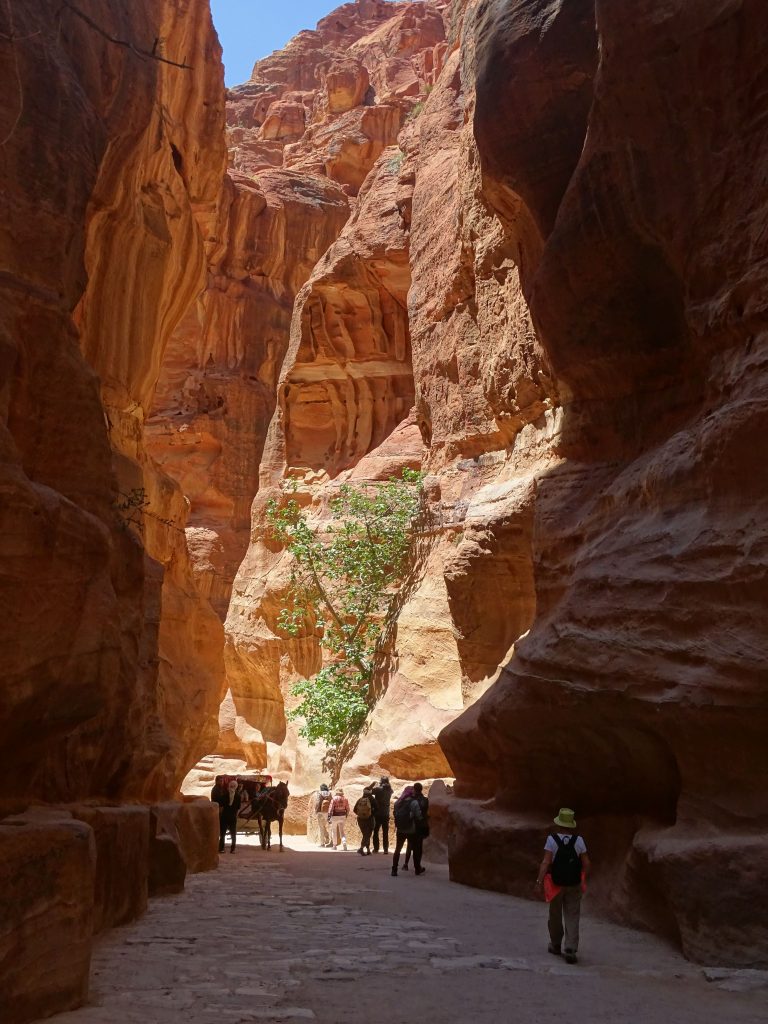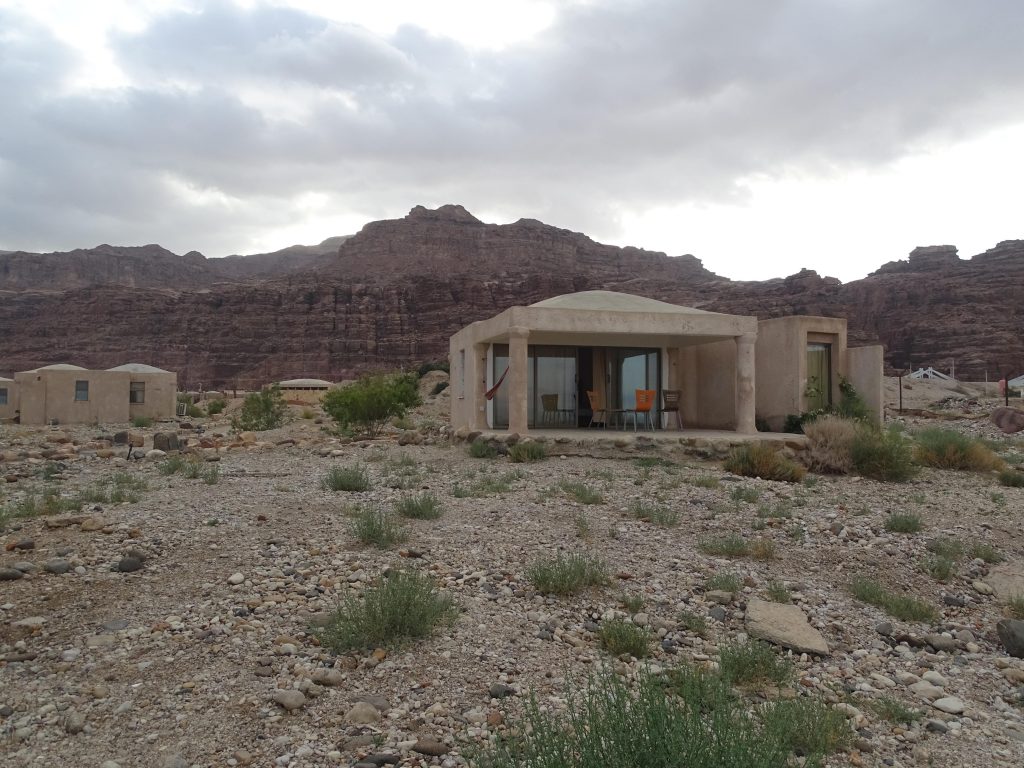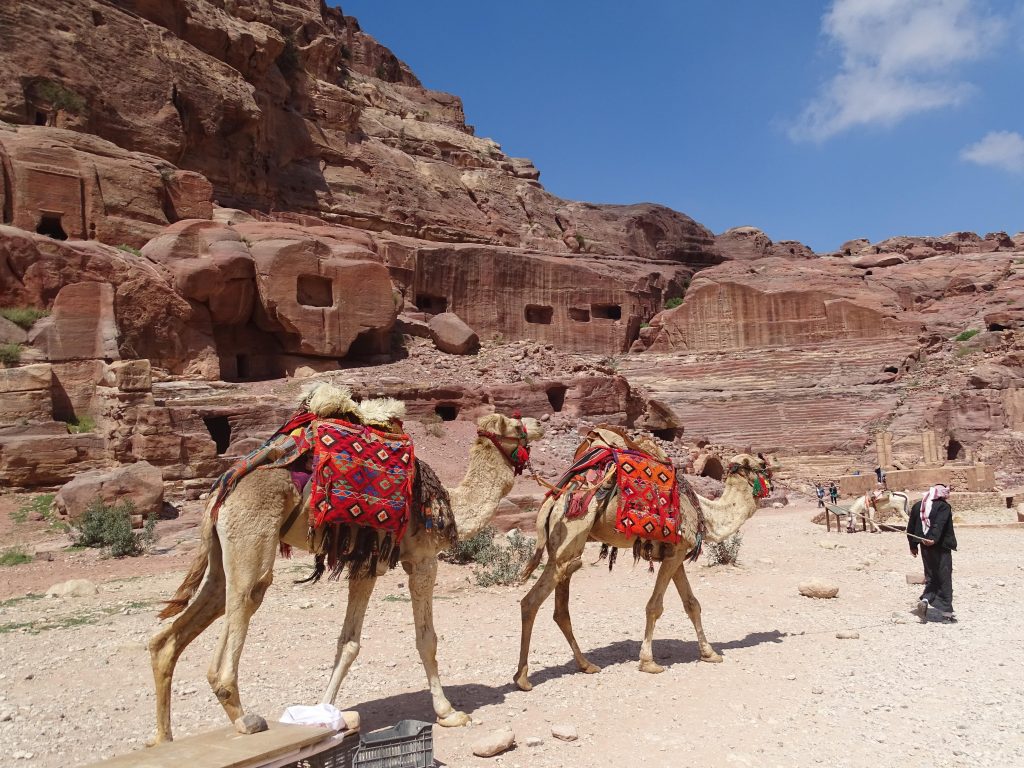Travel and destinations
Author : Isabelle Vitte
Reading time : 4 mins
A girls’ trip like no other… Three generations together to discover a country. Indeed, it is with my daughter (25 years old) and my mom (80 years old) that we went to explore Jordan, or rather the Hashemite Kingdom of Jordan. This small Arab country, made up for ¾ of desert regions, is located on the eastern bank of the Jordan River and is wedged between the Dead Sea and the Red Sea. It represents above all a place of stability in relation to its neighbors Palestine and Israel to the West, Saudi Arabia to the South, Iraq to the East and Syria to the North. Moreover, the government is trying to progressively set up tourist structures that are more respectful of the environment and its population.
Jordan and its wonders
When we talk about a trip to Jordan, the first images that come to mind are those of the site of Petra. This ancient city, more than two thousand years old, was built by the Nabateans in the heart of the Shara Mountains and was a prosperous city because it was a stopover for trade in the region. The site of Petra is part of the UNESCO World Heritage since 1985 and was considered one of the new Seven Wonders of the World in 2007.
Indeed, this site, immense and very well preserved, is beyond imagination, especially when we think of the work done by the men and women who created this city entirely dug in the rock. Whether it is the paved road in the middle of a canyon that must be taken to reach the site itself, its location in the middle of the mountains and the desert, its surface area, which extends over several hundred square kilometers and the colors of the rock, which make that Petra is often called “The Pink City”, everything conspires to make it a unique place, full of mysteries and which encourages meditation. The site of Petra cannot be visited in one go and we even had the chance to go there at nightfall to listen to a traditional music concert in front of the “Siq” (The Treasury). We were all three captivated.


But Jordan has much more to offer culturally. For example, a few dozen kilometers from Petra, there is the lesser-known site of Little Petra, which is also made up of well-preserved buildings carved into the rock. We can also think of Madaba, “the city of mosaics” which is on the Kings’ road. In this city, there are beautiful Byzantine ceramics and in particular the map of Palestine in the church of St. George.
North of Amman, you can also discover the site of Jerash, classified as a UNESCO World Heritage Site in 2004. It is the remains of an ancient Greek city where you can admire temples, ancient theaters and magnificent columns, which line a long paved road. We were impressed by this variety that makes Jordan a country with a rich history.
Jordan is also a nature destination with a rich and diverse fauna and flora. This is thanks to the work of the Royal Society for the Conservation of Nature, which, since 1966, has helped save endangered species and has been responsible for the creation of several protected areas spread throughout Jordan. It is on foot that one can best discover the richness and beauty of these nature reserves.
We were able to visit two of these reserves. The Dana reserve, located north of Petra, impressed us with its landscapes of steep valleys, wooded mountains, desert plains, and red sandstone cliffs, which become multicolored at sunset. It is during a long hike from Dana to Feynan Ecolodge, which is exemplary by its implementation of measures to be in harmony with its environment and to promote the development of the surrounding Bedouin communities, that we could admire all these landscapes.

We also visited the Mujib nature reserve, with its rich flora and where we can observe many birds and animals such as foxes, hyenas and jackals. This reserve has the particularity of being the lowest in the world since it is located on the banks of the Dead Sea. The Dead Sea, located at an altitude of -400m, is famous for its high salt content which makes it easy to float and for its black mud, rich in minerals, used for cosmetic and therapeutic purposes. But unfortunately, global warming is starting to take its toll here as well, as the level of the Dead Sea is decreasing by 1 meter per year, increasing its salinity even more and the harmful consequences that come with it. A bath in the Dead Sea is an experience not to be missed, which can be achieved by staying at the Mujib Chalet (accommodation present on the VAOLO platform), which participates, by offering jobs to the locals, to maintain the population in this poor region.

Finally, Jordan is also a desert in the south, Wadi Rum, with colors nowhere equaled, with large wadis, small canyons and natural arches. These geological wonders have made this desert a UNESCO World Heritage Site since 2011. There are also archaeological remains, petroglyphs and inscriptions that testify to human occupation for 120 centuries. Walking in the desert is really to reconnect with nature and the elements: the sound of the wind in the canyons, the sandstorms, the nonchalant camels and always these colors of ochre and yellow, which enchant the eyes. Resourcefulness and fullness guaranteed every time.
Even if we had all three come with different interests, we were charmed by the countless facets of this rich country. But it is above all the warm welcome of the population that impressed us the most. Indeed, Jordan, which for a long time was populated exclusively by nomadic Bedouins, has kept this legendary tradition of welcoming each traveler as a distinguished guest.
In short, during your trip to Jordan, do not hesitate to go off the beaten track and meet this welcoming population.
For all destinations in Jordan, visit VAOLO!
Subscribe to the travel newsletter from our collaborative booking platform Vaolo to find out what’s new, follow our explorers and receive tips for more conscious travel.
The use of the masculine gender has been adopted for ease of reading and has no discriminatory intent.
© 2025 All rights reserved. Village Monde.
By continuing to use the site, you agree to our privacy and cookie policy
I accept